Inequality isn’t inevitable, according to ‘unprecedented’ archeology study
Researchers analyzed 50,000 ancient homes across six continents. The post Inequality isn’t inevitable, according to ‘unprecedented’ archeology study appeared first on Popular Science.
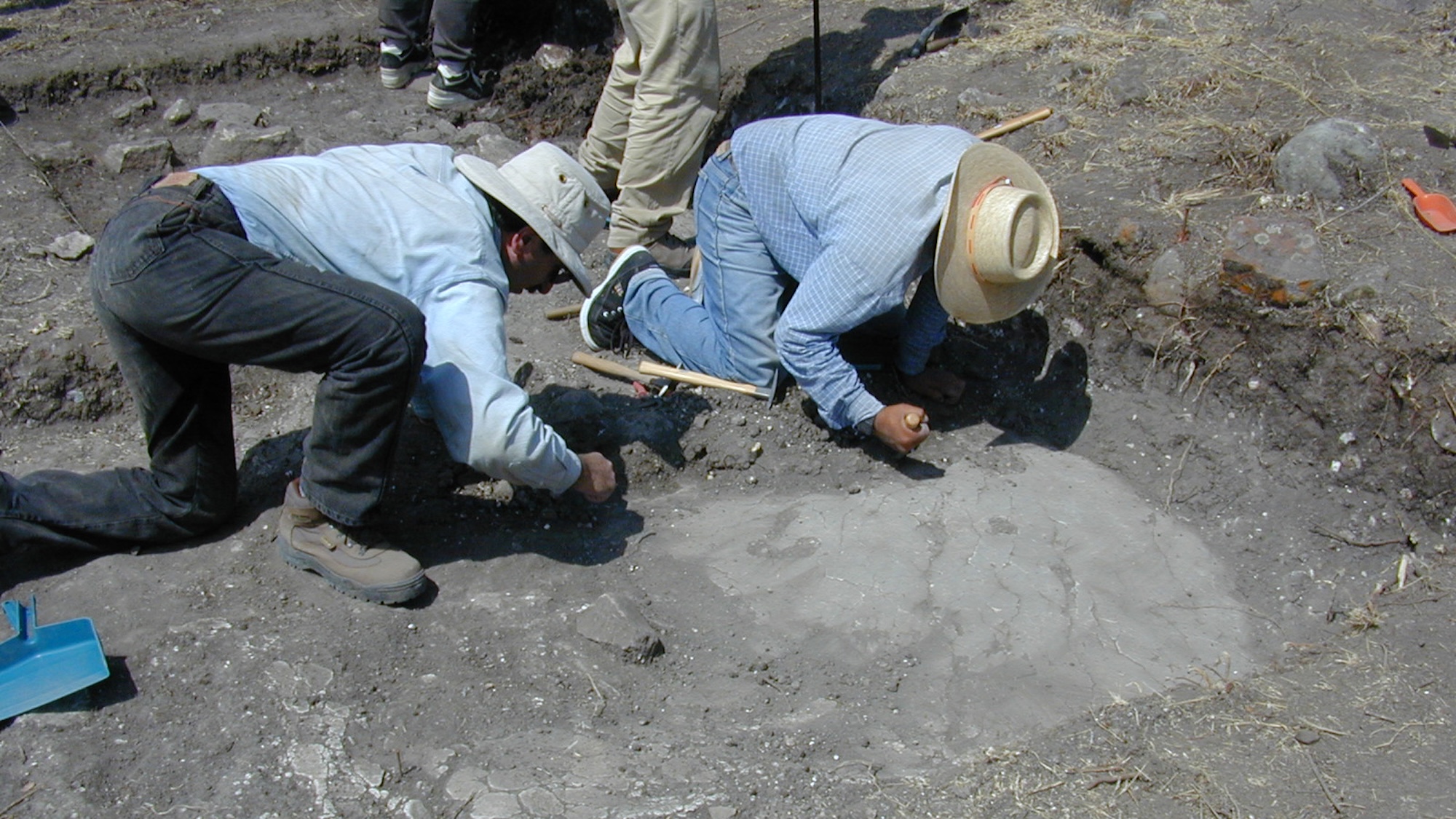
A team at Chicago’s Field Museum has published a first-of-its-kind study analyzing 10,000 years’ worth of wealth disparity across six continents. The results, published on April 14 in the journal PNAS, contradict many longstanding assumptions about inequality’s inevitability and how societies organize over time.
America’s wealth disparity is arguably wider than it has ever been in modern history. But such economic injustice—even when not as stark—isn’t necessarily the unavoidable result of population growth or governmental policy.
“The traditional thinking expects that once you get larger societies with formal leaders, or once you have farming, inequality is going to go way up,” Gary Feinman, the Field Museum’s MacArthur Curator of Mesoamerican, Central American, and East Asian Anthropology and paper lead author, said in a statement. “These ideas have been held for hundreds of years, and what we find is that it’s more complicated than that.”

Feinman and colleagues focused on what he described as an “unprecedented” dataset that includes 50,000 homes located across 1,000 archeological sites around the world. In particular, they used house size and evidence of decorative ornamentation as indicators of wealth or poverty.
“Variability in the sizes of houses may not be the full extent of wealth differences, but it’s a consistent indicator of the degree of economic inequality that can be applied across time and space,” said Feinman, citing his own fieldwork experience.
“[I]the Valley of Oaxaca, Mexico… almost always, the larger the house, the more elaborate the house, with special features and thicker walls,” he explained.
The team used the house measurements to help calculate what’s known as a Gini coefficient. (Although a eugenicist and prominent Italian fascist during and after World War II, Corrado Gini’s namesake remains a frequently used statistical measurement to assess a region or population’s economic inequality.) The coefficient relies on a 0–1 range, with 0 representing total equality and 1 representing maximum inequality. The coefficients calculated from the data were then compared across time and space to examine how disparities varied depending on political system, population, and other possible factors. Researchers soon realized that the size of a society doesn’t always align with an increase in inequality.
For centuries, many experts have argued that the rise of formal governance, agriculture, and technological progress leads to disparity across socio-economic groups. Historians often point to ancient Greece and Rome, or European medieval societies, as generalized representations of humanity’s collective past.
“High degrees of inequality are not inevitable in large societies,” said Feinman. “There are factors that may make it easier to happen or increase to high degrees, but these factors can be leveled off or modified by different human decisions and institutions.”
Researchers argue in their paper that human choice, governance, and cooperation can play vital roles in minimizing inequality. What’s more, economic strife doesn’t need to be expected in larger populations or more hierarchical governments.
“And if inequality isn’t inevitable… [then] the often-expressed views that certain economic, demographic, or technological conditions or factors make great wealth disparities inevitable simply are not borne out by our global past,” said Feinman.
The post Inequality isn’t inevitable, according to ‘unprecedented’ archeology study appeared first on Popular Science.





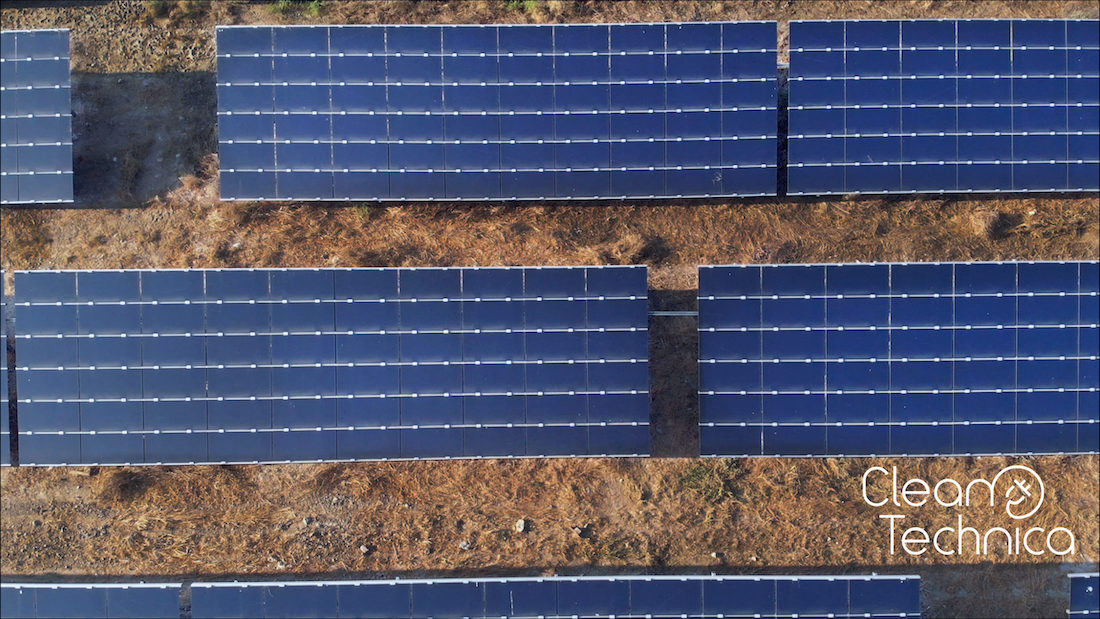
























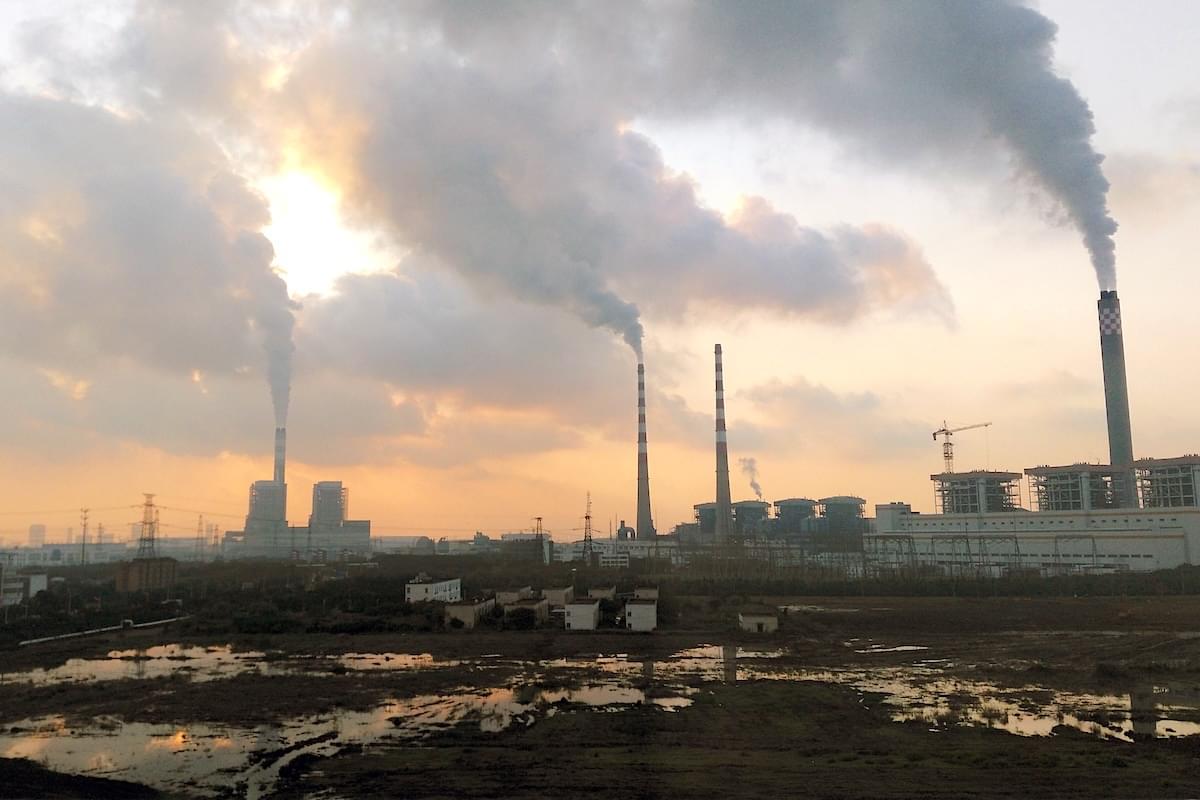

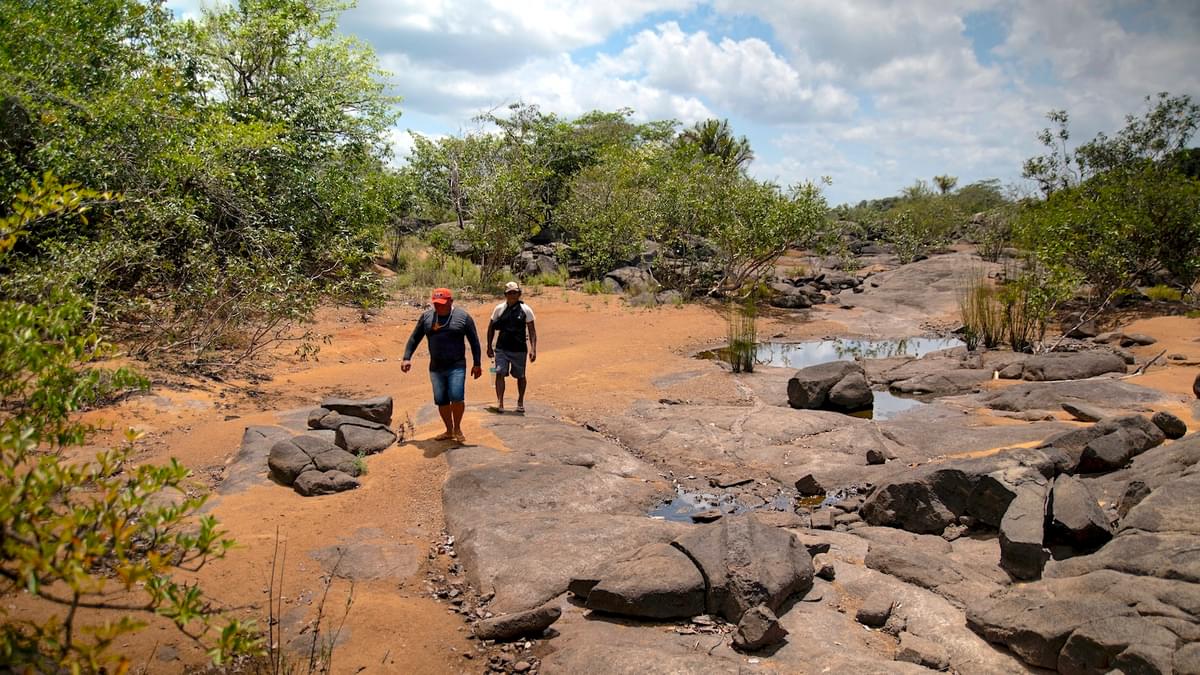












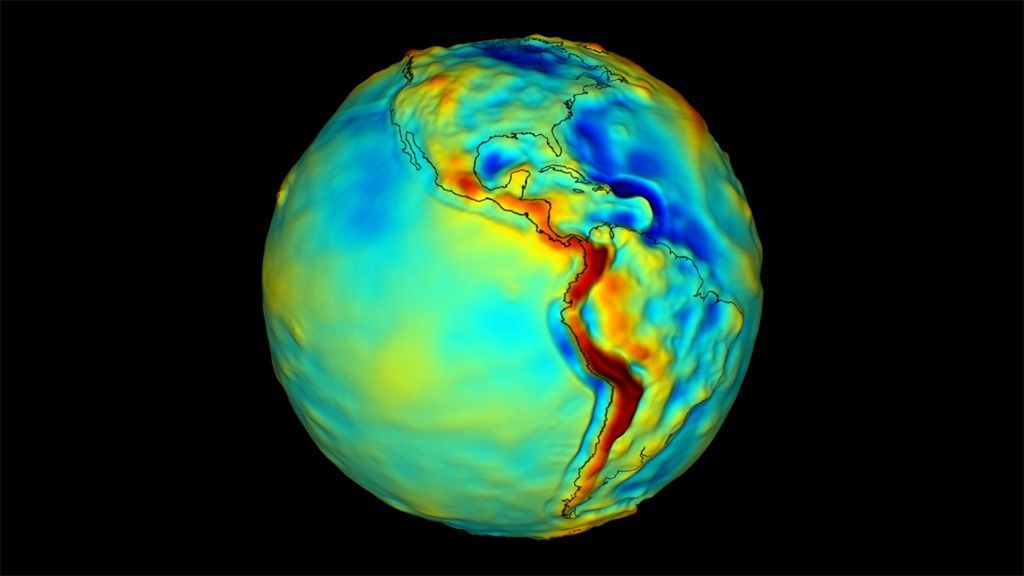





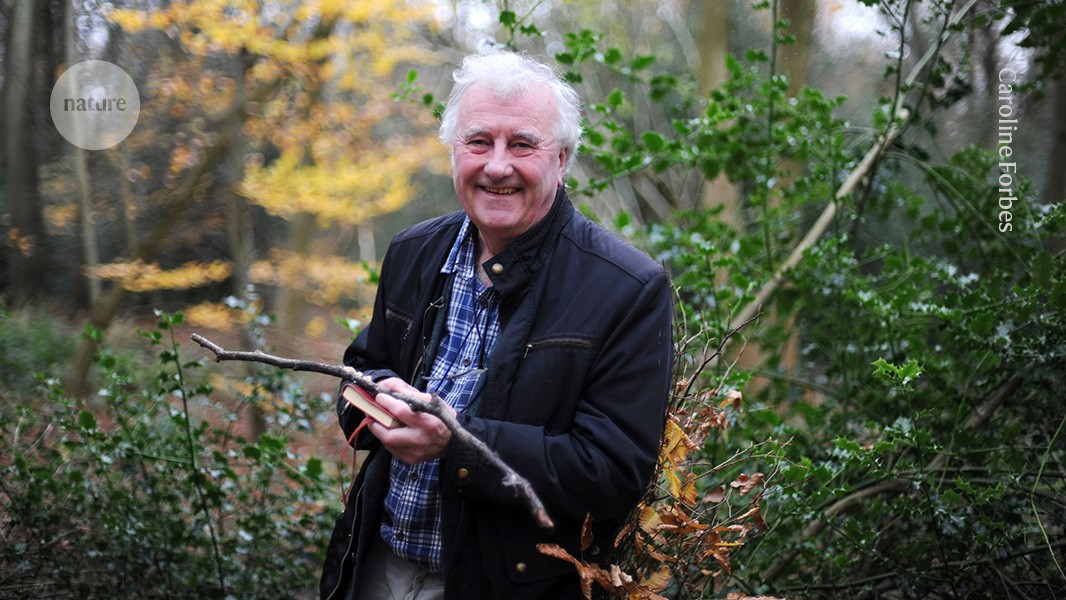








































































![The breaking news round-up: Decagear launches today, Pimax announces new headsets, and more! [APRIL FOOL’S]](https://i0.wp.com/skarredghost.com/wp-content/uploads/2025/03/lawk_glasses_handson.jpg?fit=1366%2C1025&ssl=1)















